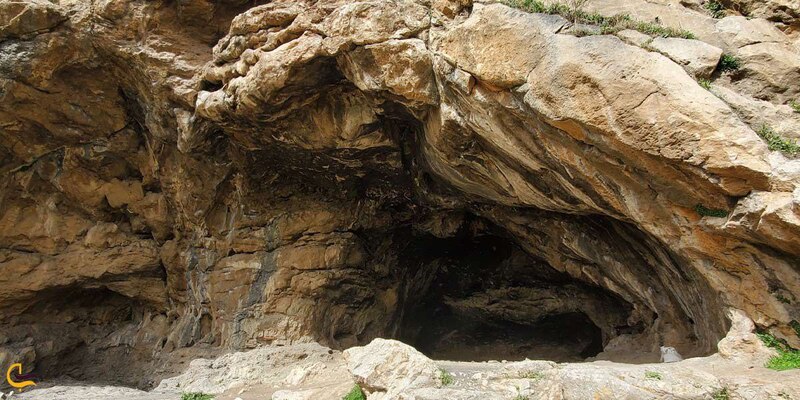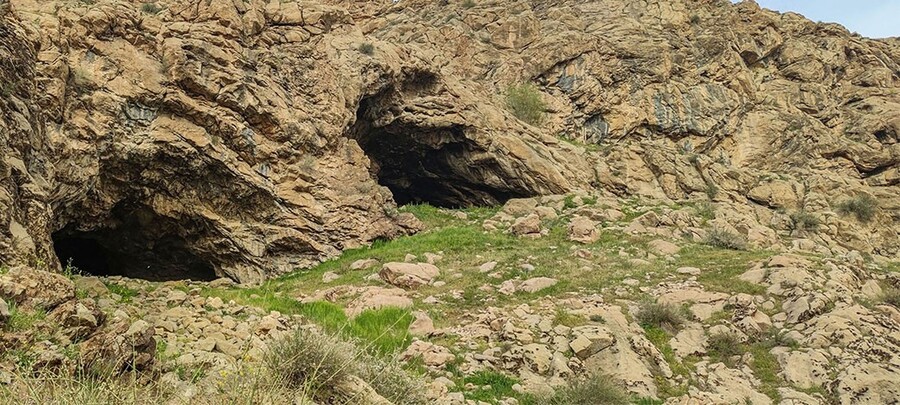Du Ashkaft or Du Ashkawt Cave is located in the north of Kermashan, East part of Kurdistan, at the foothill of the Mayula Mountain, near Taqwasan. This cave was the oldest settlement of the first humans in Kermashan and probably the eastern part of Kurdistan. Archaeological research says that the cave dates back to the Middle Paleolithic period (between 120 and 40 thousand years ago) when Neanderthals inhabited this region of Kurdistan.

Du Ashkawt means two caves located side by side in the south of Mayula Mountain in Kermashan. The altitude of the two caves is 1600 meters above sea level and about 300 meters above the plain level of Taqwasan Mountainous Park. In 1999, two archaeologists from Kermashan, Feraidun Biglari and Saman Heidari, conducted research on these two caves. According to the two experts, these two caves were home to hunting humans during the Middle Paleolithic period; it is also mentioned that one of the caves, the cave on the east side, was the seasonal and temporary residence of the hunting tribes of this region of Kurdistan.
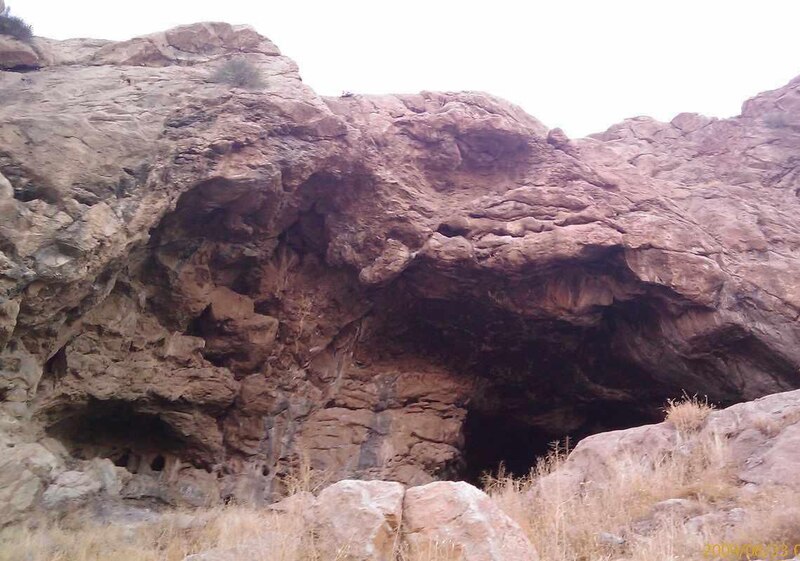
The area of this cave is up to 400 square meters and a number of historical monuments have been found in this region. The interior of the cave has a large corridor measuring 23 by 15 meters. Animal bones, skulls, and stone tools have been found at the entrance of the cave. The history of the stone tools of the two caves dates back to the time of the Mostri industry in the Zagros, which means the industry of making stone tools with stones such as Basalt and Flint; it was common in Zagros between 250000 and 40000 years ago.
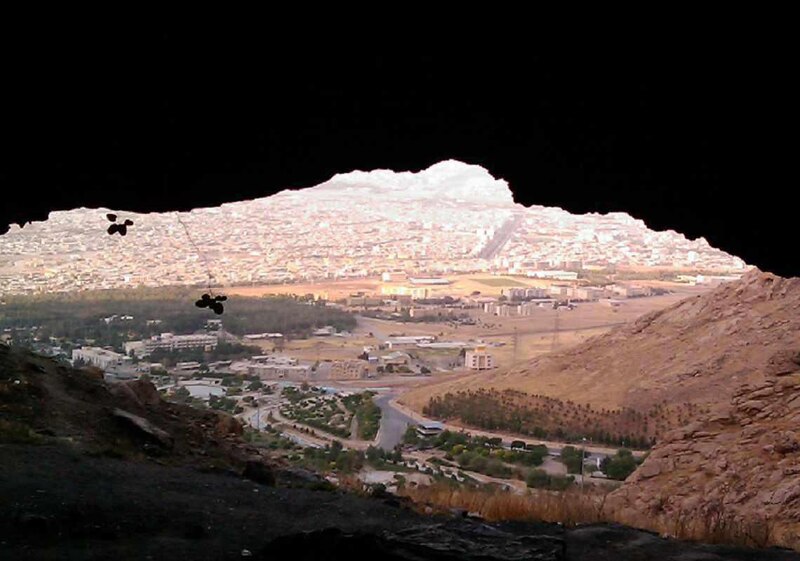
Experts say that this cave was the home of the hunters who lived in this region of Zagros. The four-season spring next to the cave, the view of the cave, and its dominance over the plain, the roads of the dominant mountains, etc. were the reasons why this cave became a good place for Neanderthals to live at that time. The stone materials show that these people used mostly Flintstone and apparently had access to the mine and used it a lot.
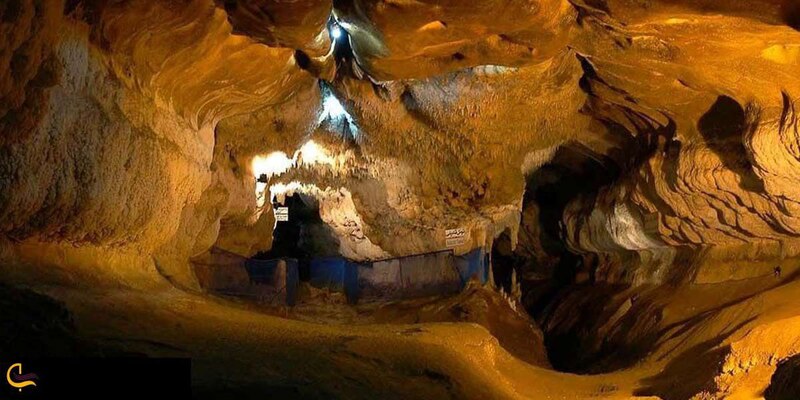
The remains of the first Paleolithic humans in Kermashan are not limited to the two caves. According to the research conducted on these remains in Kermashan, it has been proved that the inhabitants of the caves were hunters who mostly hunted and ate goats, donkeys, and mustangs.
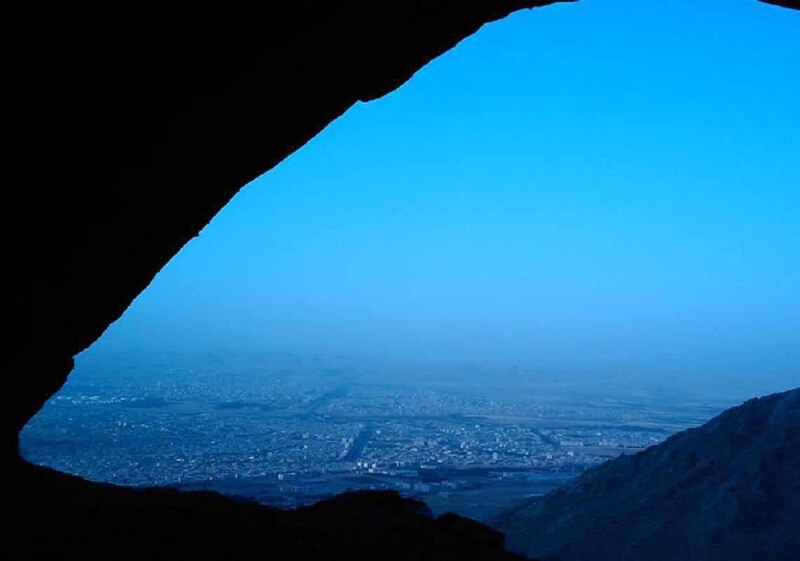
Two Caves is one of the historical and natural heritage of Kurdistan that was registered as a national monument by the Iranian state in 2000; unfortunately, however, this national capital of Kurdistan is ignored and wasted.
